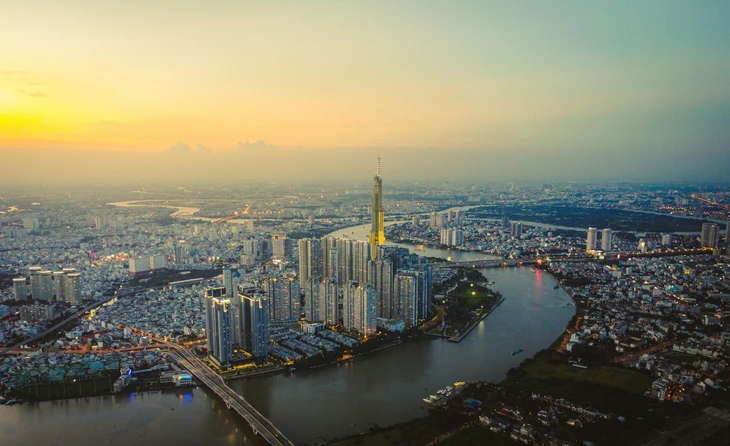
From public-private partnership models to inclusive digital strategies, Ho Chi Minh City's future depends on its ability to reform systems and create with empathy - Photo: Pexels

Professor Nguyen Quang Trung - Photo: RMIT
Professor Nguyen Quang Trung (Co-Director of the Asia- Pacific Smart and Sustainable Cities Research Centre, RMIT University Vietnam) outlines the current progress, future vision and necessary reforms for Ho Chi Minh City to move towards this model.
Challenges ahead
"Ho Chi Minh City is the smart urban locomotive of Vietnam and can play a central role in ASEAN in the future," Professor Trung commented.
However, according to Professor Trung, despite having important foundations, Ho Chi Minh City still faces uncontrolled urbanization, rapid climate change and fragmentation in governance.
The smart city development plan and the national digital transformation strategy have promoted many significant advances such as urban monitoring centers, digital transformation centers and many infrastructure advances.
But the city still faces challenges in governance, resilience and citizen engagement.
According to CIMI 2025, the city ranked 132nd out of 183 in the global smart and sustainable city index, with low scores in planning (166), environment (162) and transport (130).
With more than 14 million people and about 66% of the area (in terms of pre-merger boundaries) at risk of flooding by 2050, the city needs a comprehensive planning strategy: inclusive, adaptive, data-driven, with smart governance systems.
Vision 2050: compact cities, accelerating technology application
The merger with Binh Duong and Ba Ria - Vung Tau has turned Ho Chi Minh City into a megacity among the largest in Southeast Asia.
Aiming to become a financial, technological and innovation center of Vietnam and have great influence in the region, the city expects to restructure urban space with an urban development model oriented towards public transport development (TOD).
The city aims to develop about 355km of urban railway by 2035, connecting the center with satellite towns.
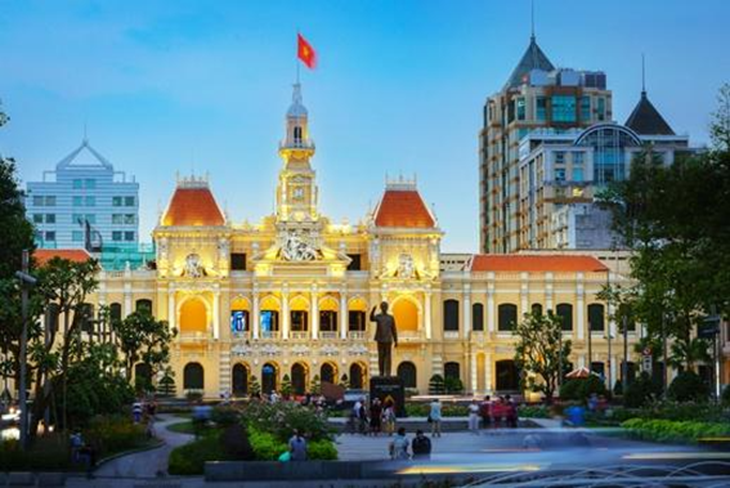
By 2050, Ho Chi Minh City will become a regional innovation hub. (Photo: Pexels)
Inspired by Tokyo (Japan) and Seoul (South Korea), Ho Chi Minh City aims for high-density, pedestrian-friendly urban areas with clear functional zoning. Technology investment is also accelerating with 5G and AI networks applied in transportation and public services.
On its journey to regional stature, the city is learning from models like Singapore and Shenzhen (China) - where technology is closely linked to people's needs.
Ho Chi Minh City needs to take drastic action in the next decade.
To achieve the 2050 vision, Ho Chi Minh City needs to prioritize public transport, digital platforms and digital human resources. AI, data and digital infrastructure are essential for urban areas, but infrastructure alone is not enough. "Real transformation requires stronger innovation in leadership thinking, systems and institutional design," Professor Trung emphasized.
Inclusiveness needs to be established from the start. Ho Chi Minh City can learn from Barcelona (Spain) and Seoul (South Korea) to pilot the "co-creation" model.
As the digital skills gap remains large in Vietnam's workforce, universal digital literacy is a prerequisite to ensure equitable access to the digital future.
Ho Chi Minh City also needs solutions to promote public-private partnership to attract resources for urban transport development.
To do this, the city needs policies such as technology “sandboxes”, innovation funds and streamlined procedures; international cooperation, such as with JICA, the ASEAN Smart Cities Network or UN-Habitat, would provide additional impetus.
According to Professor Trung, "the city of the future should not only be large in scale, but also deeper in meaning: where workers and tech entrepreneurs live side by side, public spaces foster connection, and young people feel they belong - not just to the economy , but to the very story of their city."
Smart cities, happy people - Journey to 2050 - RMIT Vietnam
Journey to 2050 is a series of commentary and advice articles written by experts from RMIT University Vietnam, to explore the turning points of Vietnam in the next 25 years. Each article helps provide forecasts, practical solutions and long-term perspectives for the country to move steadily into the future.
Source: https://tuoitre.vn/tp-hcm-den-nam-2050-sieu-do-thi-thong-minh-va-bao-trum-20250916101412933.htm


![[Photo] Binh Trieu 1 Bridge has been completed, raised by 1.1m, and will open to traffic at the end of November.](https://vphoto.vietnam.vn/thumb/1200x675/vietnam/resource/IMAGE/2025/10/2/a6549e2a3b5848a1ba76a1ded6141fae)







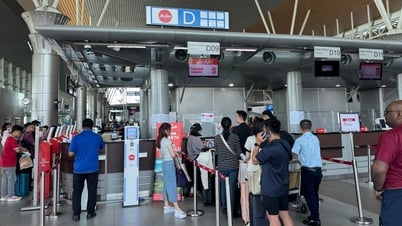





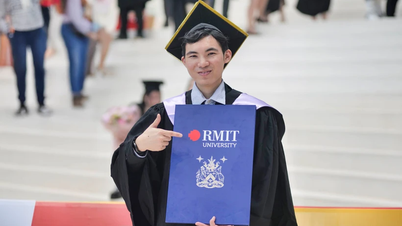





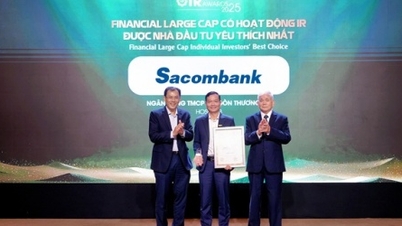
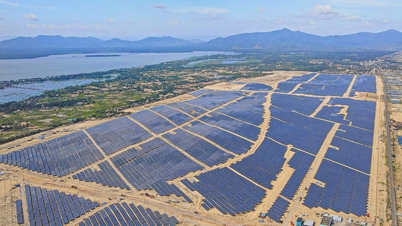
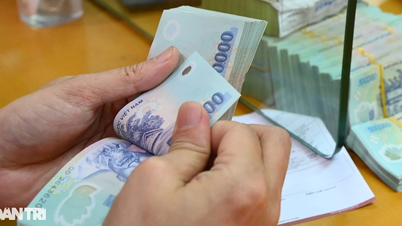


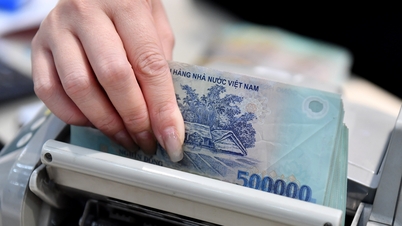







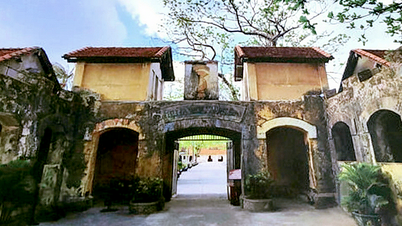































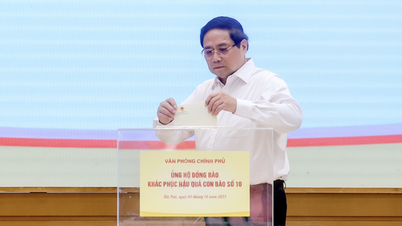







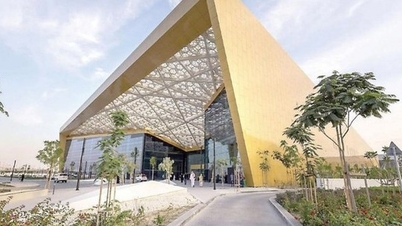
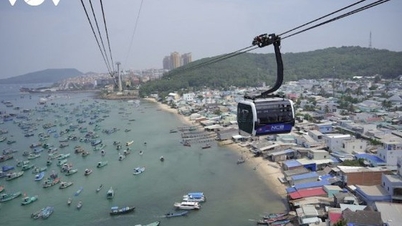
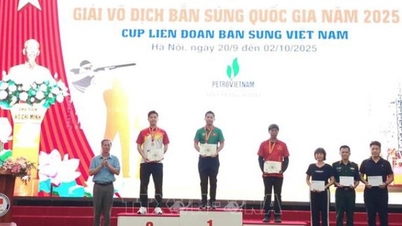



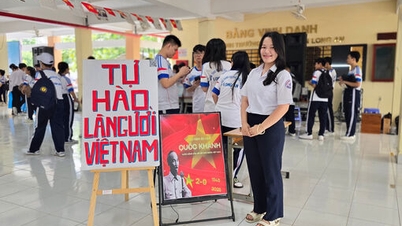

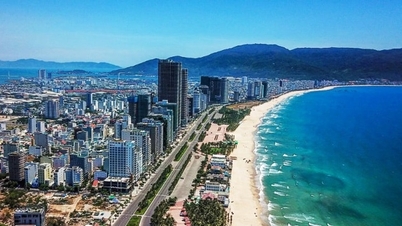

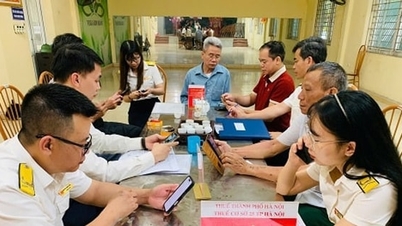














Comment (0)